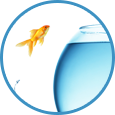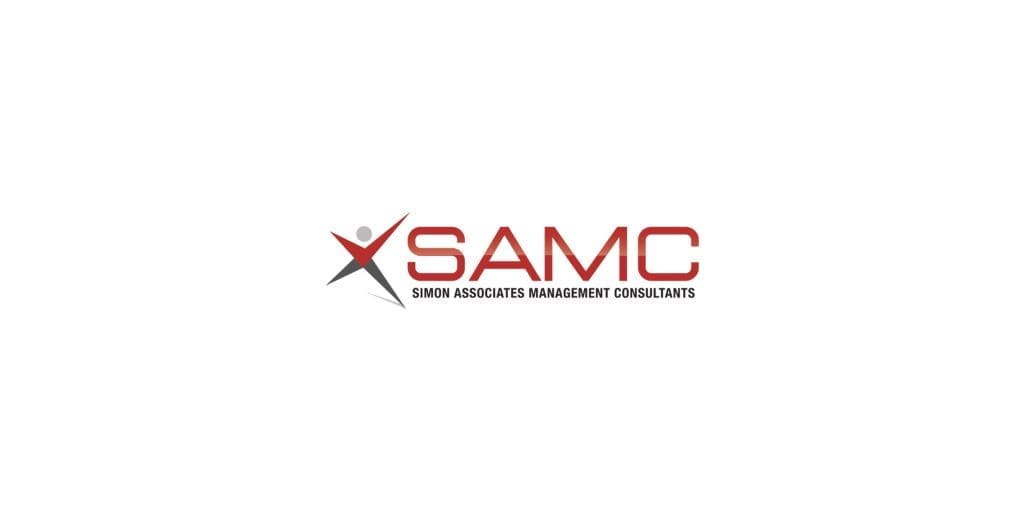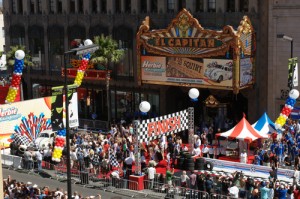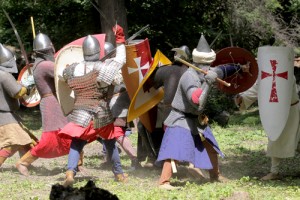 Those of us familiar with Blue Ocean Strategy® often hypothesize about how large, successful companies could be even larger and more successful if they leveraged their resources to create new blue oceans. What heights might they reach if they went after nonusers with value-innovation instead of focusing on their current users with incremental innovations and value creation? Certainly, there’s nothing wrong with incremental solutions. But what if…, we like to ask. Here I’d like to share some of our thought wanderings that bubbled up during recent conversations with Blue Ocean colleagues.
Those of us familiar with Blue Ocean Strategy® often hypothesize about how large, successful companies could be even larger and more successful if they leveraged their resources to create new blue oceans. What heights might they reach if they went after nonusers with value-innovation instead of focusing on their current users with incremental innovations and value creation? Certainly, there’s nothing wrong with incremental solutions. But what if…, we like to ask. Here I’d like to share some of our thought wanderings that bubbled up during recent conversations with Blue Ocean colleagues.
Pursuing nonusers is where Disney’s real growth could come from
In my last blog post, I explored Disney’s expenditure of $1 billion to create a new type of wrist band that acts like a lanyard badge to reserve rides, meals and shows; pay for clothing, souvenirs and gifts; open hotel room doors; and a host of other things one might expect a badge to do. Disney’s strategic move, in Blue Ocean Strategy terms, is aimed at Current Customers: those people who are happy with a service or offering and have no plans to leave.
While it is, of course, important to take care of one’s customers, a $1 billion investment could have created more incremental revenue — more real growth — had it been focused on non-customers. Specifically, Disney could have gone after Tier 1 non-customers: people who go to the parks but wish for something different. Or Tier 2 non-customers: people who actively reject Disney parks. And even the Tier 3s: those who never think of Disney as a desirable option.
Some Blue Ocean Strategy daydreaming
This then led to some daydreaming, at which point I thought I’d open the question to readers: If you were a senior Disney executive charged with a $1 billion investment, how would you invest the funds? Assume that your shareholders are generally happy and that your goal is preservation and growth of the theme-park division, not paying a higher dividend nor extending into far-flung non-park ventures.
We know that Disney’s original park concept was, and arguably still is, a blue ocean. It’s brilliant but it doesn’t appeal to everybody. Efficiently but homogeneously, Disney decreased anxiety by providing a predictable park visit. They eliminated seediness, pay-per-ride tickets, and clutter; parks were places families (kids to adults, as well as singles, teenagers and everyone in between) could spend the day. Finally, Disney added animatronics and rides tied to movies to create what, in their terms, is a magical experience.
But consider this: Every year, almost 20 million people visit the Magic Kingdom in Orlando and another 16 million visit the Magic Kingdom in California. These figures are staggering, except when you realize that there are over six billion people in the world (320 million in the US alone), revealing that many more people are not visiting Disney’s parks than are. So how could they preserve their unique global brand while using the four-action framework to eliminate, reduce, raise and create a new park to invest a billion dollars in? (For a refresher on the three tiers of nonusers, read my earlier blog.)
If it was our park, what might we do Blue Ocean style?
First, we’d interview our non-customers and nonusers who aren’t using theme parks. Since we’re not Disney executives, we’ll guess that these would be.
- Our Tier 1 non-customers: those who visit Disney but wish for something different (don’t like lines and wish for a fun but educational experience)
- Our Tier 2 non-customers: those who actively choose not to attend our parks
- Our Tier 3 non-customers: those who have no interest in our offering and who prefer a more organic vacation experience (think crunchy hippies)
Next, we’d go searching along the Six-Path Framework
The six-path framework would help us figure out what to change:
- Looking across industries, we see that airlines have different experiences, at different price points, for the same purpose.
- Looking across strategic groups, we see people trade up and down for vacations.
- Complimentary products and services teach us that we can sell more than a park and room, much like Disney already does.
- Changing buyer groups suggests that we might focus on a park that parents themselves want to visit, rather than being pulled by children.
- Pivoting the functional and the emotional might be how we add an educational element.
- Finally, trends suggest that society is moving away from children being hooked into electronics 24/7 and toward something more tied to the real world.
Remember: Blue Ocean Strategy is about low cost and higher value
We have a billion dollars to spend, which seems like a lot of money, but theme parks are expensive to develop. Ours must cost less than a traditional park but offer more value to buyers.
Here comes the “big idea”: a Disney Renaissance Experience
What emerges, at least in our fantasy stint as Disney executives, is the Disney Renaissance Experience. Our park will have three lands: Italy, France and England. They will look and operate as they did during the Renaissance. Families visiting can optionally take jobs as apprentice glass blowers, sword-smiths, medieval carpenters, actors, bakers, clothing makers, chefs and soldiers. Of course, all the goods produced by the apprentices — and the professionals — will be for sale.
Guests can pretend to be royalty living in a castle or, for a lower price, “regular” people, living in cabins and park-operated tents. Families can eat at restaurants or buy ready-to-cook food that they prepare themselves over fires which staff members oversee. There will be ongoing plays and contests — including one large contest where entire parks play some form of “capture the flag” to win the kingdom — but none will be electronic.
Rides will also exist but they will be made of wood and not operated by electricity. Shows and events will be ongoing, including soldiers jousting on horses and the occasional barbarian invasion.
Focused on non-customers
This is the type of park that traditional Disney customers and, more importantly, non-customers, would visit. Our bored 1st-tier nonusers would try something different. Our 2nd tier nonusers might take a break from camping for something similar, but more exciting. We would maybe even attract a few hippies, though 3rd-tier nonusers are often more focused getting ideas than becoming buyers. Our Renaissance Park wouldn’t worry about what other large park operators are building because none of them would be building anything like this. Competition, from our park’s perspective, is irrelevant.
Intuition is great but we would also test our final offering, plotting our to-be strategic profile — our new Blue Ocean theme park — on a strategy canvas and testing it for value against the buyer utility map.
This Blue Ocean Strategy process can be applied to any business. And if followed correctly, it is more likely to lead to a successful business opportunity than constantly worrying about competition ever will.
Your Turn
I bet you have some great Blue Ocean ideas that a Disney might like to know about…even better than ours. Share them at info@simonassociates.net. And when you dream, dream big!





